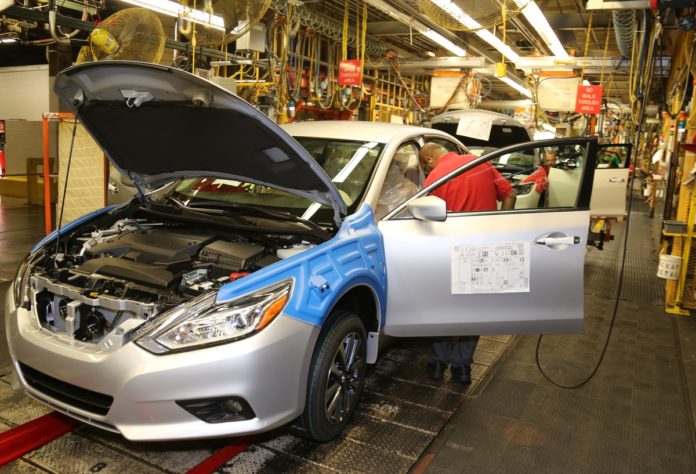
It’s a trend that shows up in the monthly sales figures: Americans have a taste for trucks, SUVs and crossovers, and they’ve lost their taste for sedans. For many auto makers who dedicate plants to producing single vehicle models, this has been a difficult transition to manage: some assembly lines are humming 24/7, while others are down to 30 percent capacity for a single shift per day. Overhead costs soar, and highly lopsided profit and loss figures emerge. This is particularly true of American brands, which favor dedicated production lines, and it will become more of a problem as vehicle sales slow further thanks to rising interest rates, trade wars and slowing demand for vehicles in China.
On the flip side, Japanese carmakers’ assembly lines are often optimized to build more than one vehicle.
“Designing assembly lines to build more than one type of vehicle dates back decades,” wrote Nick Carey for Reuters. “But the ability to shift production from one type of vehicle to another is now proving vital for an automotive industry coping with multiple challenges.”
Nissan, for example, operates a production system at its Smyrna, Tennessee plant it calls “pick to the light” in which assembly line workers pick different parts depending on the color of the indicator lights. This is so the company can build different models on the same platform.
“Nissan and rival Japanese automakers Honda Motor Co Ltd and Toyota Motor Corp have been the best at flexible manufacturing, auto experts and industry executives said. Historically, Japanese automakers focused on interchangeable processes and platforms out of necessity — because one model for the Japanese market could not sustain an entire factory,” wrote Carey.
American and European auto makers are trying to catch up. Ford Motor Co’s F.N Kentucky truck plant now has the ability to make trucks and some SUVs on the same platform. GM, however, still practices the single car model production method, and some of its assembly lines for weak-selling sedans have gone quiet.
“We continuously look at our global operations to find ways to drive greater efficiency and capacity utilization,” GM said in a statement to Reuters.












